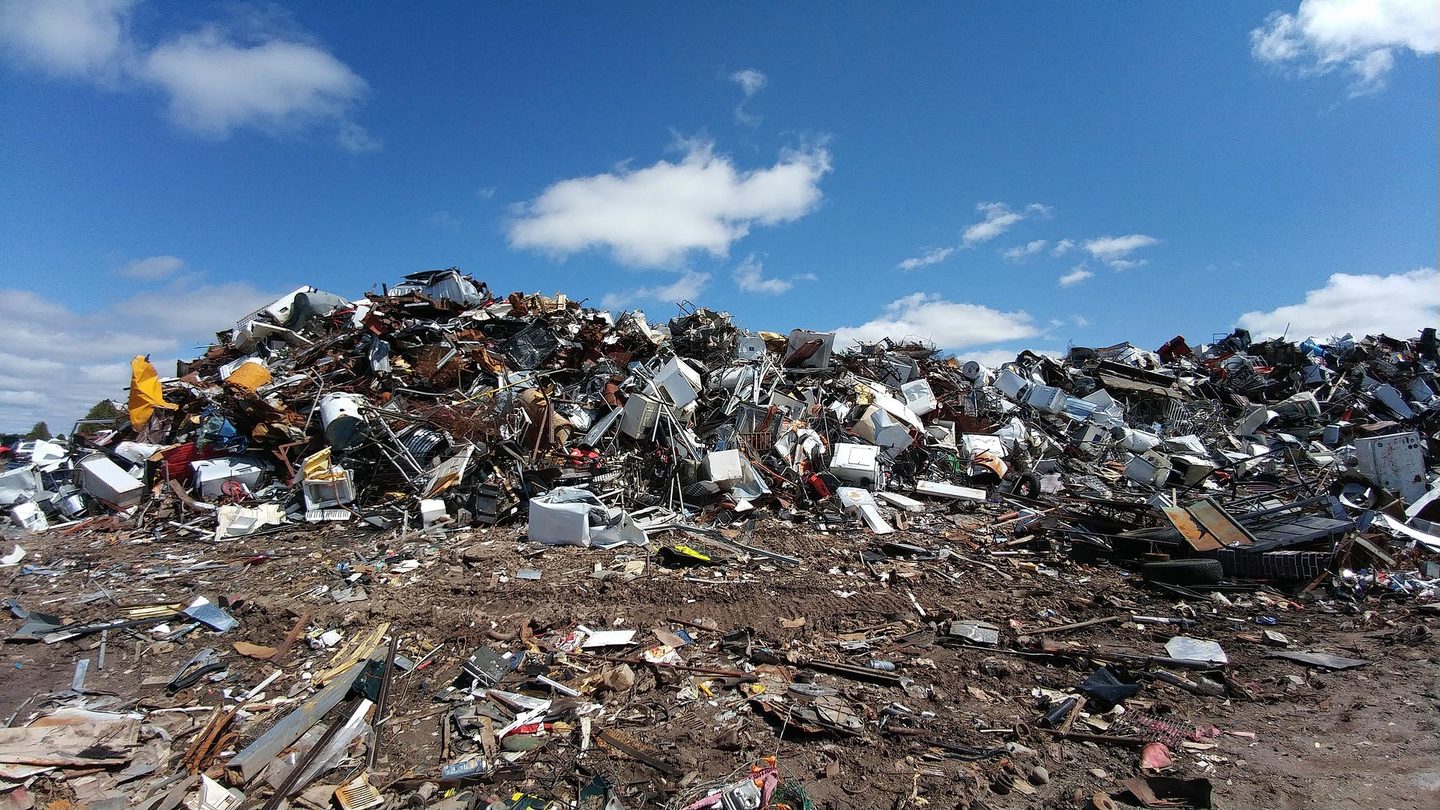The article “Landfill reactions to society actions: The case of local and global air pollutants of Cerro Patacón in Panama” by J.M. Torrente, M. Giampietro, M. Rippa and Rosaria Chifari (ENT) has been published in Science of The Total Environment.
This paper studies landfill emissions and the related environmental and health risks in Panama City, with the aim to sensitize the population about the harmful effects of irresponsible resource consumption and non-deliberate solid waste generation that it is disposed of in an uncontrolled manner in landfills. Empirical data on Cerro Patacón, Panama City’s landfill was obtained to describe the status of municipal waste disposal. Ten known methane generation models were used to estimate the yearly emission rate of methane from the landfill for a 100-year period starting from its inception in 1986. From the models used, the GasSIM model was chosen to estimate emission rates of six long-term hazardous air pollutants. The AERMOD source dispersion model was used to simulate their atmospheric downwind dispersion by levels of concentration over nearby affected communities; results were mapped in Google Earth. The relative contributions by population of the 32 towns making up Panama City to the forecasted waste generation in 2022 and related hazardous air pollutants emission rates from the landfill were assessed. It was found that Cerro Patacón will generate 45% of the countrywide methane generation by 2022; an average of 47 Gg. The solid waste generated by the 1.5 million inhabitants of Panama City impacts the health of ~73,600 inhabitants in nearby communities through the dispersion of hazardous atmospheric pollutants derived from the landfill. The highest emission rates were from hydrogen sulfide and dichloromethane, which can be largely attributed to the waste generated by the communities of Juan Diaz and Tocúmen. The concentration of hydrogen sulfide and benzene was over the reference concentration (uncertainty factor spanning three orders of magnitude) for all communities and years simulated. The concentration of vinyl chloride was over the RfC for all communities and years simulated, except in 2018 for 12 communities.

